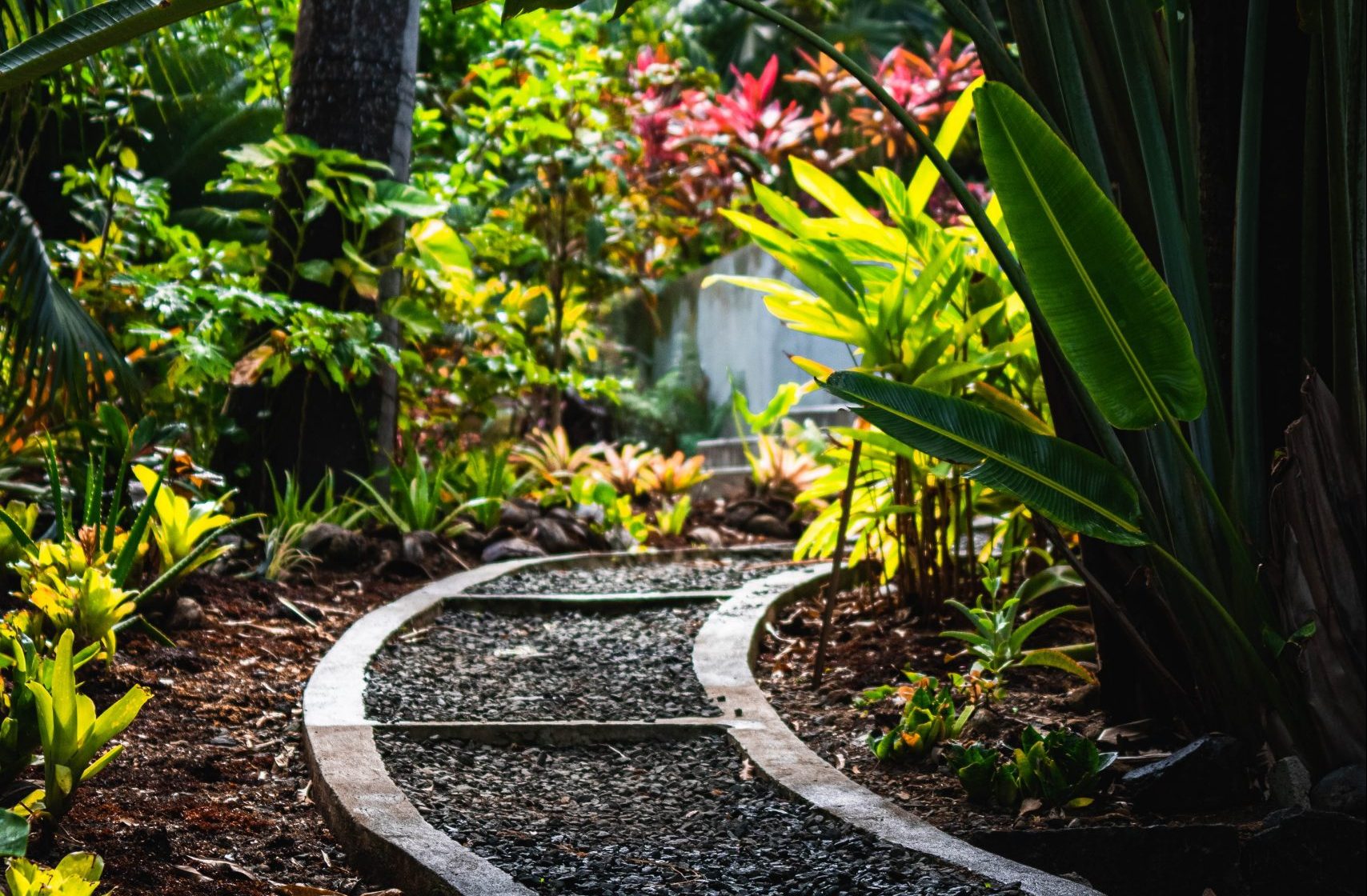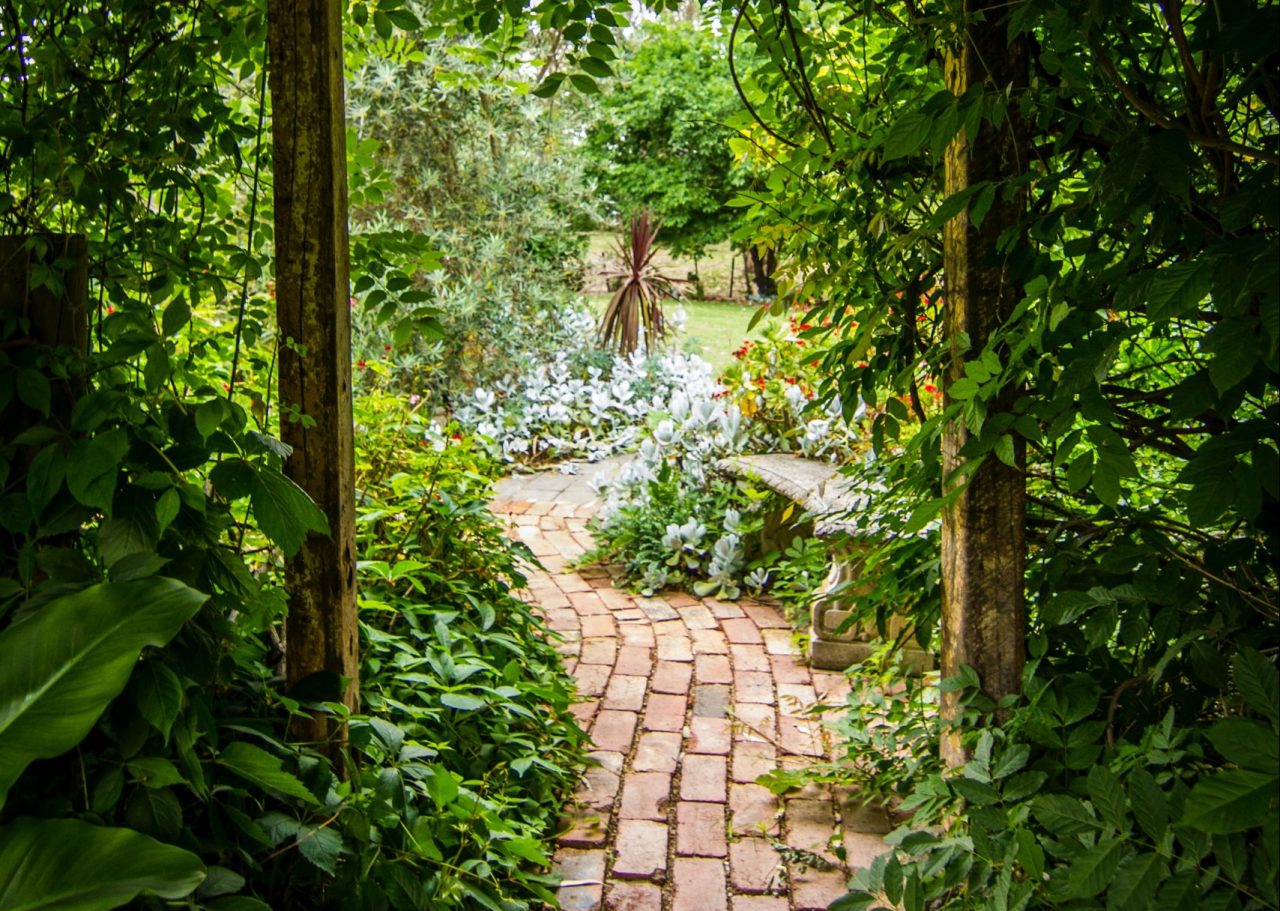If you’re thinking about re-designing your garden you might be looking for ways to add a little extra sparkle. People often overlook the small details and features that can transform a standard garden into an outdoor oasis! Today we’re going to take a look at garden paths, a feature that can be both functional and eye-catching with the right design and materials. Let’s dive right in.
Contemporary Garden Paths
More people try to emulate their interior design ideas outdoors, so minimal gardens are becoming increasingly popular. With the endless outdoor paving possibilities on the market, there’s absolutely no reason why your garden path can’t share the same aesthetic as your modern home. Some brands offer pavers in a range of contemporary colours including white, grey and even black. These colours are perfect for creating a modern garden path. For the ultimate chic look, I’d recommend choosing square pavers and laying them in straight lines across your garden. This type of garden path design will complement your modern features without distracting away from the simplicity of your outdoor space.

Organic Shapes and Curves
If you’re creating a traditional garden filled with plants and wildlife then you might be drawn to organic and curved garden paths. Choosing a natural style of paving to create your garden path can prevent your garden from appearing too ‘perfected’. Curved lines will lead the eye around your garden and draw attention to features like flower beds and bird tables along the way. Why not add gravel or large rocks along the border of your garden path to give an even more natural feel? Paths that ‘wander’ around the garden give the illusion of a large space with lots of character. If you’re worried about cutting the curved edges of your pavers yourself, you could always speak to your supplier and see if they could cut them down to shape for you prior to delivery.
What material should I use?
When it comes to choosing the best material for your garden path, it’s arguable that porcelain paving is the best ‘all-rounder’. It’s not only easy to maintain, but it also looks great and is highly durable too. Modern porcelain tiles are vitrified at a high temperature, making them much stronger than natural rock like slate and limestone. This durability is highly favoured when it comes to garden paths because homeowners know that their new path will be able to cope with the heavy footfall for years without tarnishing!
Hopefully these design tips have shown you how to create a stand-out garden path that complements the rest of your garden beautifully.









No Comments